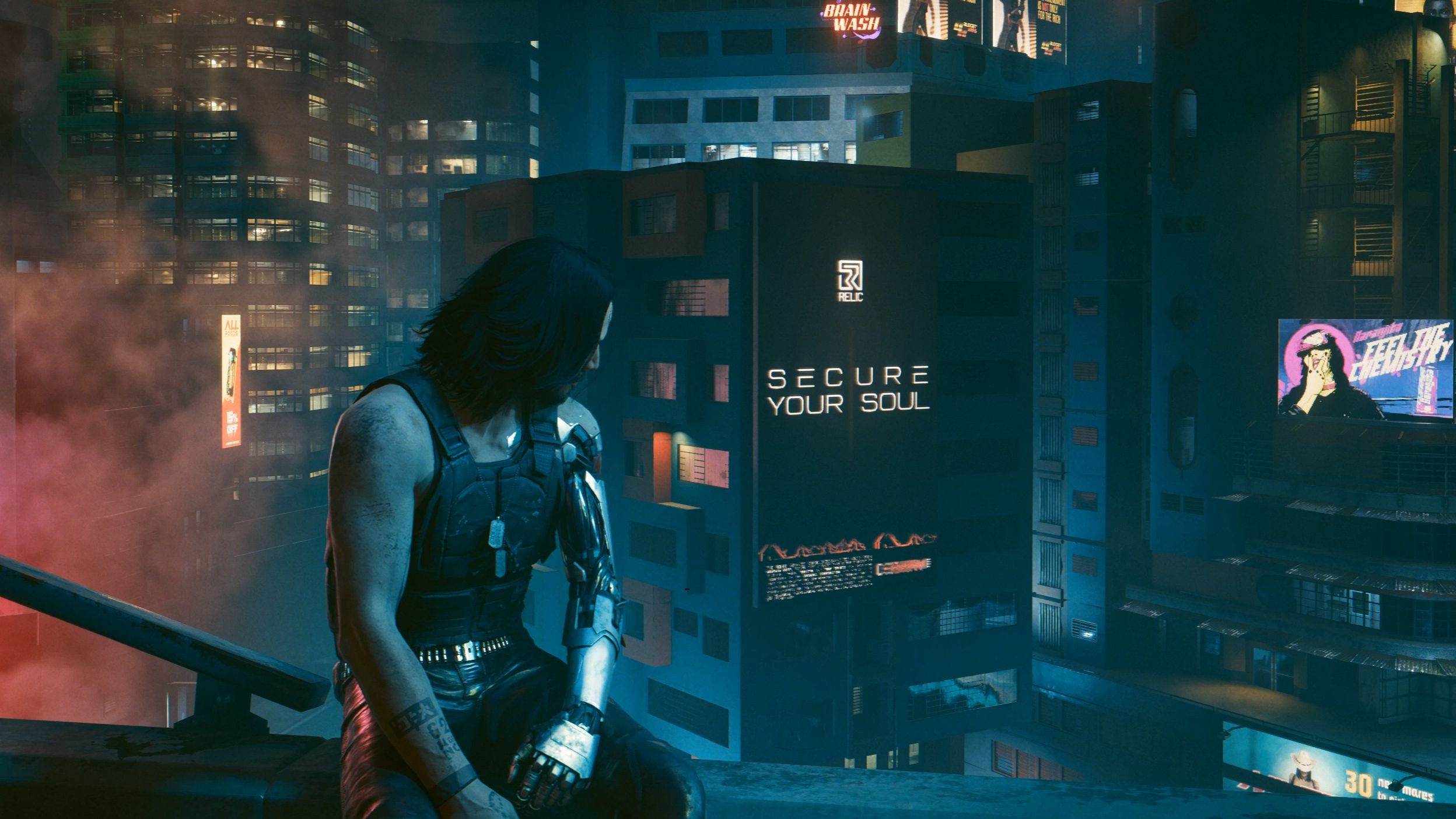Vampire: The Masquerade - Swansong Score: A Modern Adaptation
Introduction
The world of Vampire: The Masquerade has long captivated fans with its intricate lore, political intrigue, and gothic horror aesthetic. Swansong, the narrative-driven RPG developed by Big Bad Wolf and published by Nacon, takes this universe in a fresh direction by focusing on investigation, dialogue, and character-driven storytelling. One of the most compelling aspects of Swansong is its musical score, which masterfully blends modern composition techniques with the dark, brooding atmosphere of the World of Darkness.
This article explores how Swansong’s score serves as a modern adaptation of Vampire: The Masquerade’s musical legacy, analyzing its themes, influences, and effectiveness in enhancing the game’s immersive experience.
The Evolution of Vampire: The Masquerade’s Musical Identity
Since its inception, Vampire: The Masquerade has been associated with a distinct musical style—darkwave, gothic rock, and ambient industrial sounds dominated early adaptations, particularly in Bloodlines (2004). Composers like Rik Schaffer crafted a soundtrack that was both eerie and seductive, mirroring the dual nature of vampirism: beauty and monstrosity.

Swansong departs from this tradition in some ways while maintaining the essence of the setting. Rather than relying on heavy synth and rock influences, the score leans into a more cinematic, orchestral approach. This shift reflects the game’s emphasis on mystery and psychological tension rather than outright action.
Themes and Composition in Swansong’s Score
The music of Swansong is composed by Olivier Derivière, known for his work on A Plague Tale: Innocence and The Council. His approach to Swansong is subtle yet deeply atmospheric, using minimalist motifs and dissonant harmonies to evoke a sense of unease.
1. Character Leitmotifs
One of the most striking elements of Swansong’s score is its use of leitmotifs—recurring musical themes tied to characters or factions. Each of the three protagonists—Galeb, Emem, and Leysha—has a distinct musical identity:
- Galeb’s Theme: A somber, slow-burning orchestral piece that reflects his centuries-old wisdom and melancholy. The use of deep cello and occasional brass swells conveys his imposing presence.
- Emem’s Theme: More rhythmic and modern, incorporating electronic elements that mirror her rebellious nature and connection to the younger vampire factions.
- Leysha’s Theme: Fragile and haunting, often featuring ethereal vocals and sparse piano notes, emphasizing her psychic abilities and fractured psyche.
These motifs evolve as the characters progress, reinforcing their arcs through sound.
2. Ambient Tension and Suspense
Unlike traditional RPGs, Swansong relies heavily on dialogue and investigation rather than combat. The score enhances this by using ambient soundscapes that heighten tension during key moments. Droning strings, distant whispers, and sudden dissonant stings create an atmosphere of paranoia—essential for a game where every conversation could be a deadly game of manipulation.
3. Modern vs. Gothic Fusion
While Swansong’s score is more orchestral than previous Vampire titles, it doesn’t abandon modernity entirely. Electronic beats, distorted synths, and manipulated vocal samples are woven into the compositions, bridging the gap between classical gothic horror and contemporary thriller soundtracks. This fusion reinforces the game’s setting—a hidden world of vampires existing just beneath the surface of modern society.
Comparison to Previous Vampire: The Masquerade Scores
Swansong’s soundtrack stands in contrast to Bloodlines’ iconic industrial-rock sound, yet both serve their respective games perfectly. Where Bloodlines used music to underscore the punk-goth nightlife of the Camarilla and Anarchs, Swansong’s score is more introspective, mirroring its cerebral narrative.
Interestingly, Swansong shares some DNA with Vampire: The Masquerade – Shadows of New York (2020), another recent visual novel adaptation. Both favor atmospheric, moody compositions over high-energy tracks, though Swansong’s orchestral approach gives it a grander, more cinematic feel.
The Role of Music in Player Immersion
A well-crafted score doesn’t just accompany a game—it shapes the player’s emotional experience. Swansong’s music excels in this regard by:
- Guiding Emotional Beats: Quiet, melancholic pieces underscore moments of introspection, while sudden bursts of discordant noise heighten the fear of discovery.
- Reinforcing the Masquerade: The constant tension in the music mirrors the ever-present danger of breaking the Masquerade—the vampires’ law of secrecy.
- Enhancing Replayability: Different choices lead to different musical cues, subtly altering the tone of scenes and encouraging multiple playthroughs.
Conclusion
Vampire: The Masquerade – Swansong’s score is a masterful modern adaptation of the franchise’s musical legacy. By blending orchestral depth with electronic experimentation, Olivier Derivière crafts a soundscape that is both fresh and deeply rooted in the World of Darkness. The use of leitmotifs, ambient tension, and a careful balance of old and new musical styles makes Swansong’s soundtrack a standout element of the game.
For fans of Vampire: The Masquerade, the score is a reminder that while the aesthetics of the setting may evolve, its core—themes of power, secrecy, and eternal struggle—remains eternal. And in Swansong, the music ensures that these themes resonate long after the final note fades.















